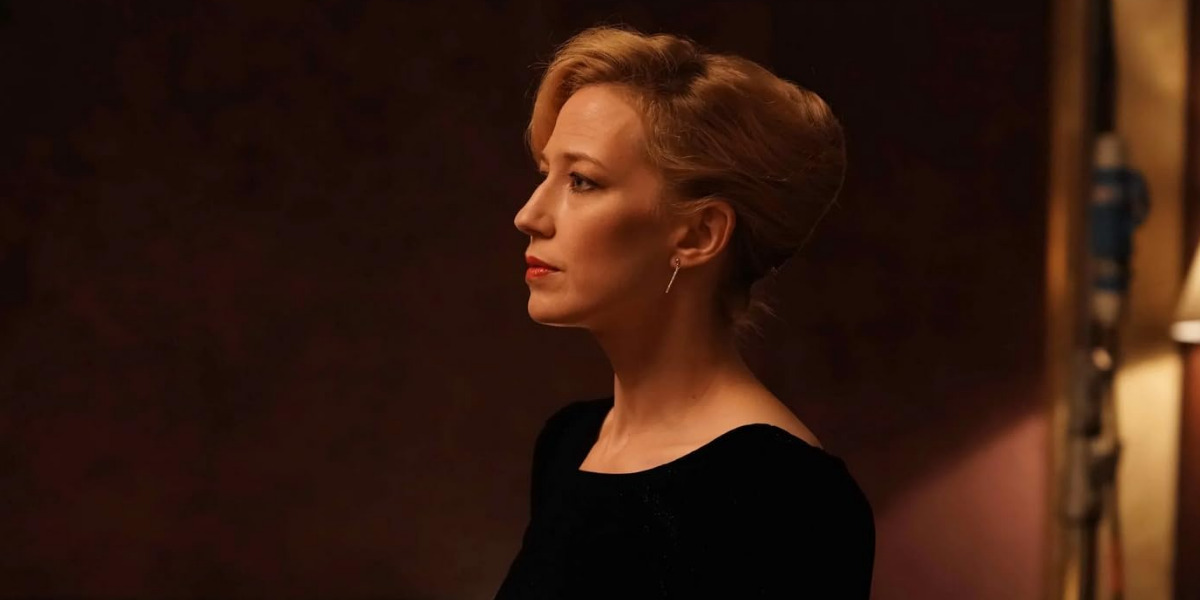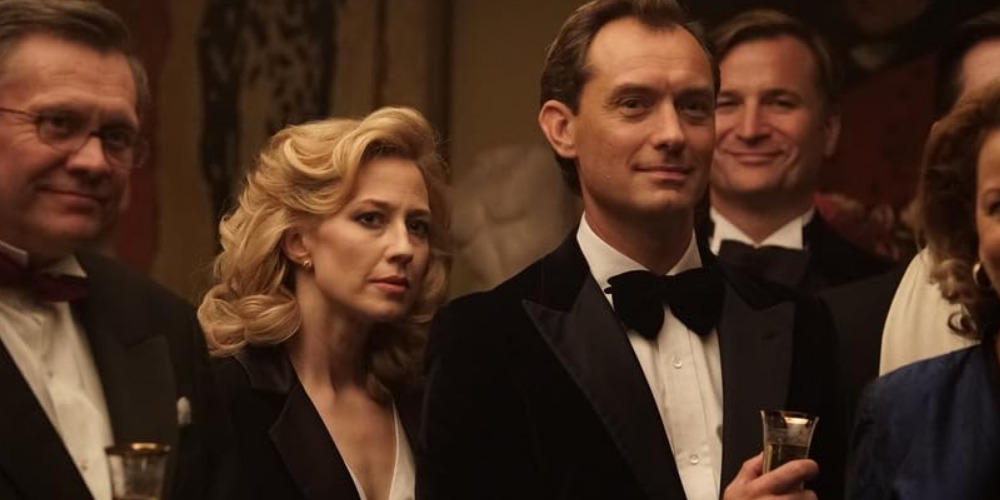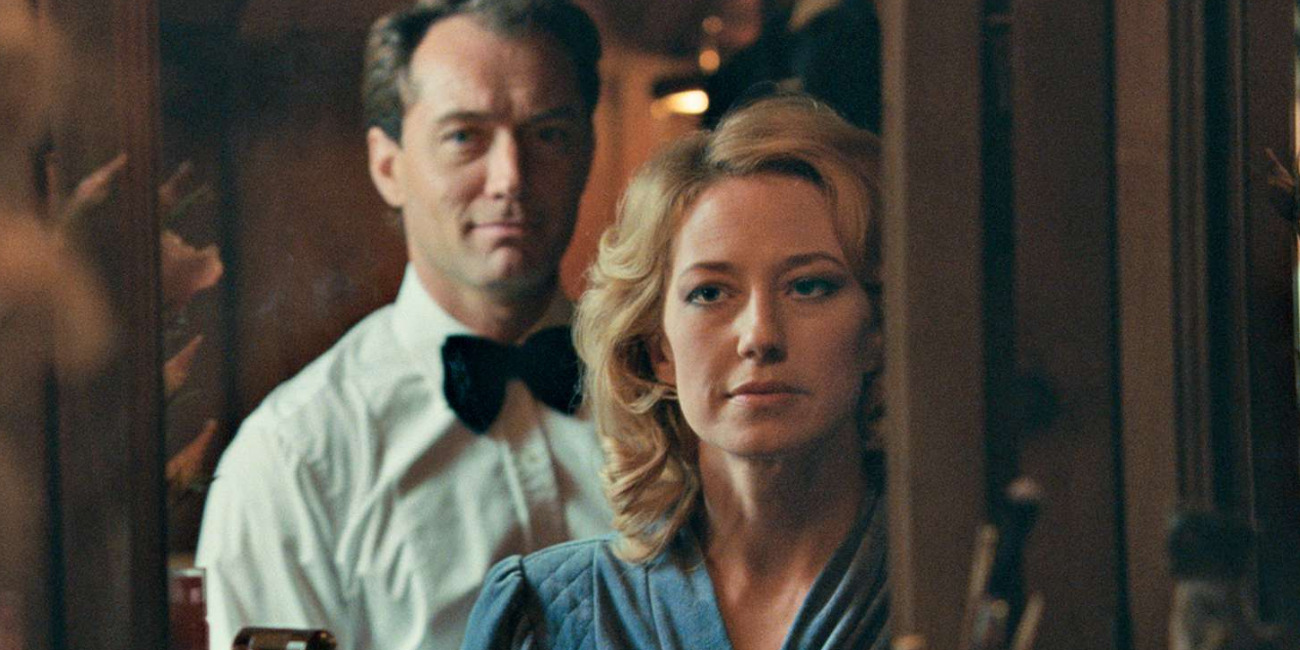The Sean Durkin film ‘The Nest,’ an exploration of marriage and family under self-induced strenuous circumstances, is ripe with symbolism and subtle nuance. The narrative follows the O’Hara family from America to England after Rory’s restless ambition and desire for more drives the family to move into a Gothic but impressive countryside mansion. As his wife, Allison & kids, Sam and Ben, attempt to reconcile with their new lives for the man’s sake, Rory lets loose his delusions of grandeur, leading to a swift financial decline. Thus, the family suffers from Rory’s hubristic need for wealth and status.
Richmond, Allison’s horse, gifted to her by her husband in one of his aforementioned beats of grandeur, remains another member of the O’Hara family. The horse is one of the most prominent sources of subliminal symbolism in the film. As such, he’s bound to ignite the audience’s curiosity, compelling them to wonder about his predicament and significance. SPOILERS AHEAD!
Richmond, a Symbol For Allison’s Freedom
Famously, the horse is a wild animal with a robust free spirit. It seeks to run wild and sports a powerful and majestic personhood. Even outside of their own spirituality, a horse has been providing a person the means for an escape for decades. For the same reasons, horses are most frequently used to symbolize freedom.

For Allison, Richmond does much the same. Allison remains the family’s breadwinner in America, earning a comfortable and happy living for her husband and kids. Through horse grooming and horseback riding lessons, the woman has established a fulfilling career for herself. However, once Rory’s desire to return to his career, the tumultuous world of banking and consultation, becomes uncontainable, Allison has to sacrifice her own comfort and happiness so that her husband can have a chance at his.
Consequently, Allison packs up her job, putting several horses in cages— a metaphor for locking up her own desires and freedom— and moves herself and her kids to England. The country overseas boasts a drastic change of scenery with its countryside manor. Unlike their home in America, this house is ancient and restricting. Yet, Rory attempts to repay Allison for some of her sacrifices by getting her Richmond.
Furthermore, Rory promises to build a whole stable for his wife. Therefore, Allison trains Richmond in her enormous front yard while the man runs amok, trying to secure a massive paycheque at work through a daring, high-risk deal. However, the routine only lasts for so long before the family issues rear its ugly head.
Rory’s ambition has run his luck ragged. His need to buy a fancy house, enroll his son in a fancy school, and even buy a fancy horse for his wife has drained their bank accounts. The O’Haras were never rich, especially not after Rory became the sole jobholder in the house. Still, in pursuit of social status, Rory played at being rich and flew too close to the sun.
As their financial status deteriorated, Allison became less and less inclined to ignore the problems waiting at their doorsteps. Eventually, the issues overflow until the damn breaks, signified by Richmond’s unforeseen death. Although the horse had been sick for a while, the woman had failed to notice just as she had failed to notice the steeping decline of her own freedom and happiness.
A Metaphor For Allison and Rory’s Marriage
Another possible interpretation of Richmond’s character comes from his storyline that runs parallel to Allison’s marriage with Rory. The horse enters the O’Hara family as a gift from Rory to Allison. Thus, his presence remains intertwined with the effort Rory puts into his relationship with Allison. For the same reason, as Rory’s efforts decline, so does Richmond’s lifeline.

Once Rory dries up the family account, he resorts to asking his wife for money, knowing that Allison must have managed to retain some savings. Furthermore, he becomes unable to pay for the construction of her stable, leading to a momentary halt that Allison has to undo by paying the workers out of her own secret pocket. These instances convey the tension rapidly rising in the couple’s marriage. Therefore, Richmond’s health declines simultaneously.
Things come to a head when Rory’s hail mary pitch at work crumbles, marking the nearing end of his career. While the man suffers the professionally fatalistic blow, Richmond succumbs to his invisible illness. As a result, Allison has to employ the help of a farmer uphill from her house to put her beloved horse out of his misery. In this regard, Richmond’s death directly correlates to Rory’s decline, which acts as a precursor to an intense conflict in their marriage.
After Richmond’s death, Allison becomes unable to pretend she’s alright with her husband’s behavior. She doesn’t wish to live a life where she has to put up a front for others and pretend to be richer than her family actually is. Once Allison buries her horse, she becomes sick of burying her problems and allows them to unleash. As such, Allison callously sabotages Rory’s desperately-crafted image over a vital work dinner.
In the end, both spouses return home separately in the morning’s early hours. Allison, who arrives earlier than her husband, is led to Richmond’s grave by her son, who shows her how the horse’s corpse has started to surface. Consequently, a frantic Allison claws at the grave, an ill attempt to get her horse back. In the context of Richmond working as a metaphor for Rory and Allison’s marriage, this scene symbolizes how their kid leads Allison to attempt to salvage her dead marriage.
As such, in the end, once Allison’s breakdown has subsided and she’s returned to her kids inside the manor, Rory returns home. Although none of their problems have been fixed and the family is still in a precarious situation, they sit down for a meal together— breakfast prepared by the kids. Even though something intrinsic has broken in their marriage, like Richmond’s grave, something has resurfaced.
Read More: Movies Like The Nest


You must be logged in to post a comment.